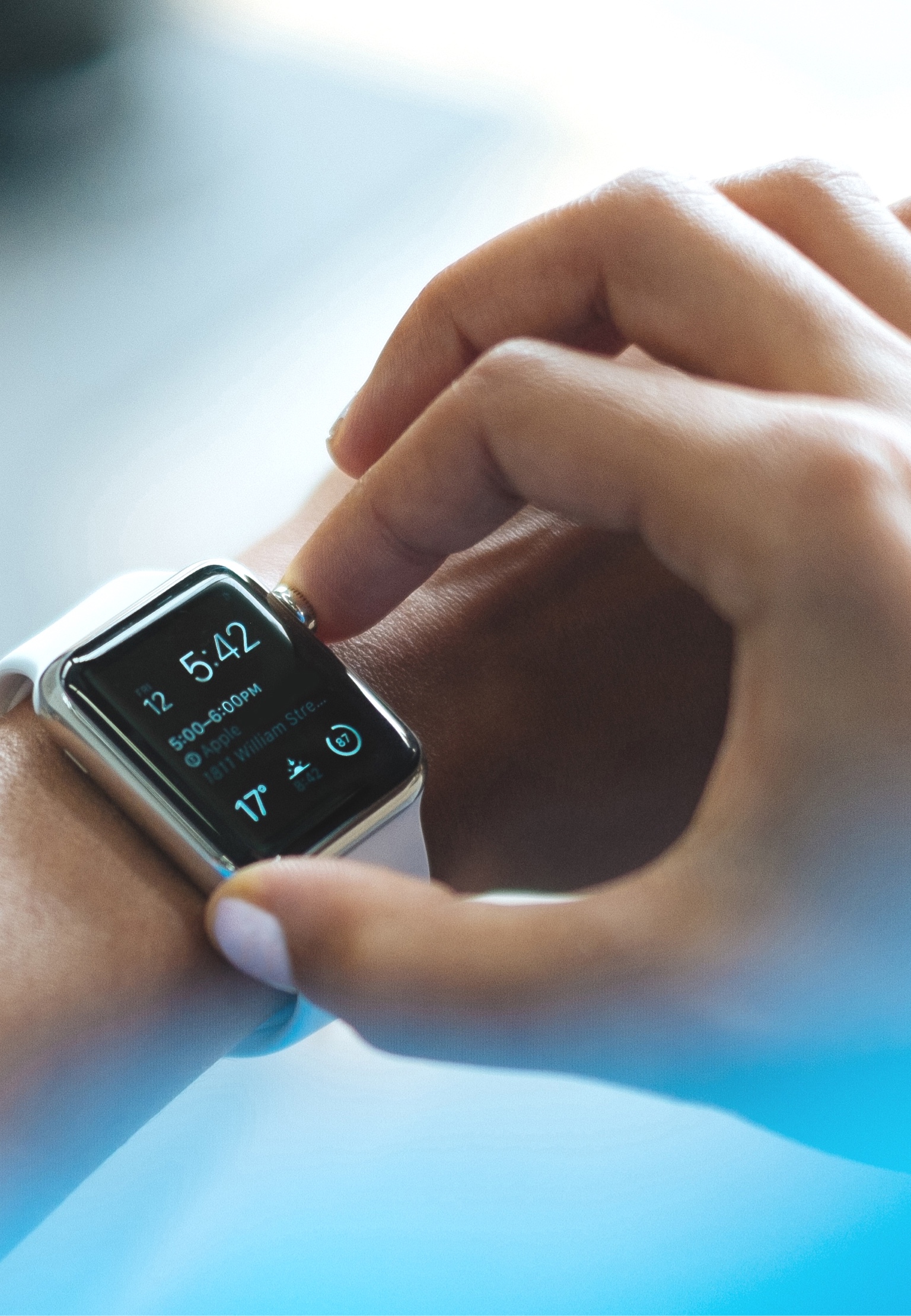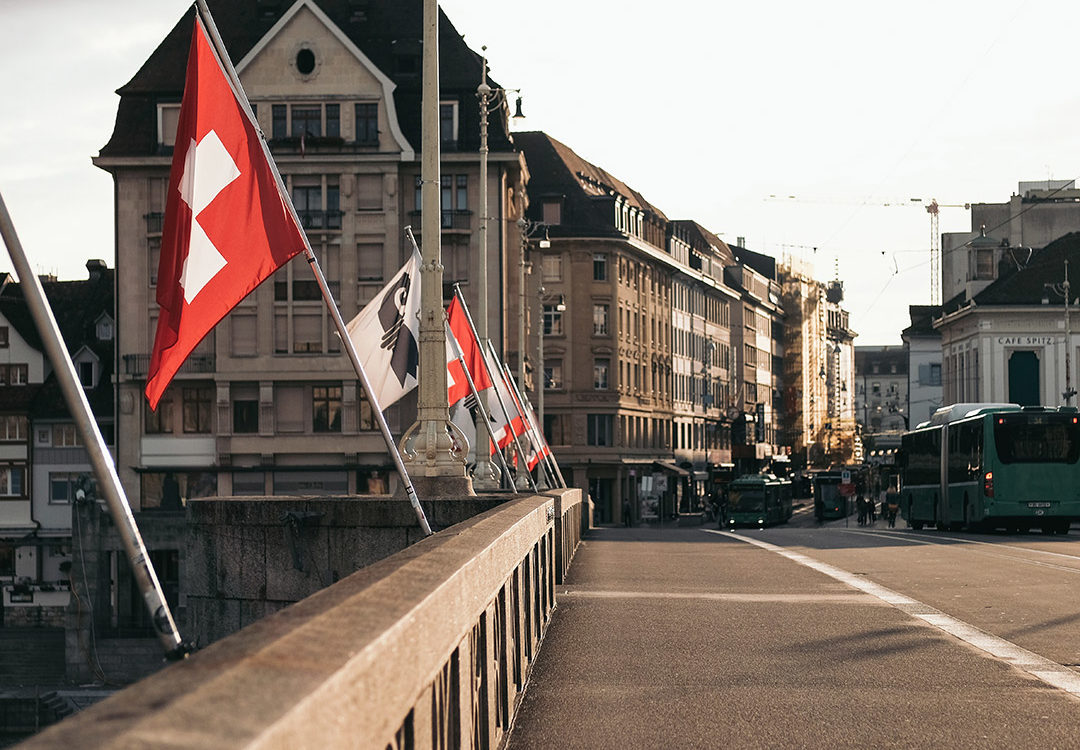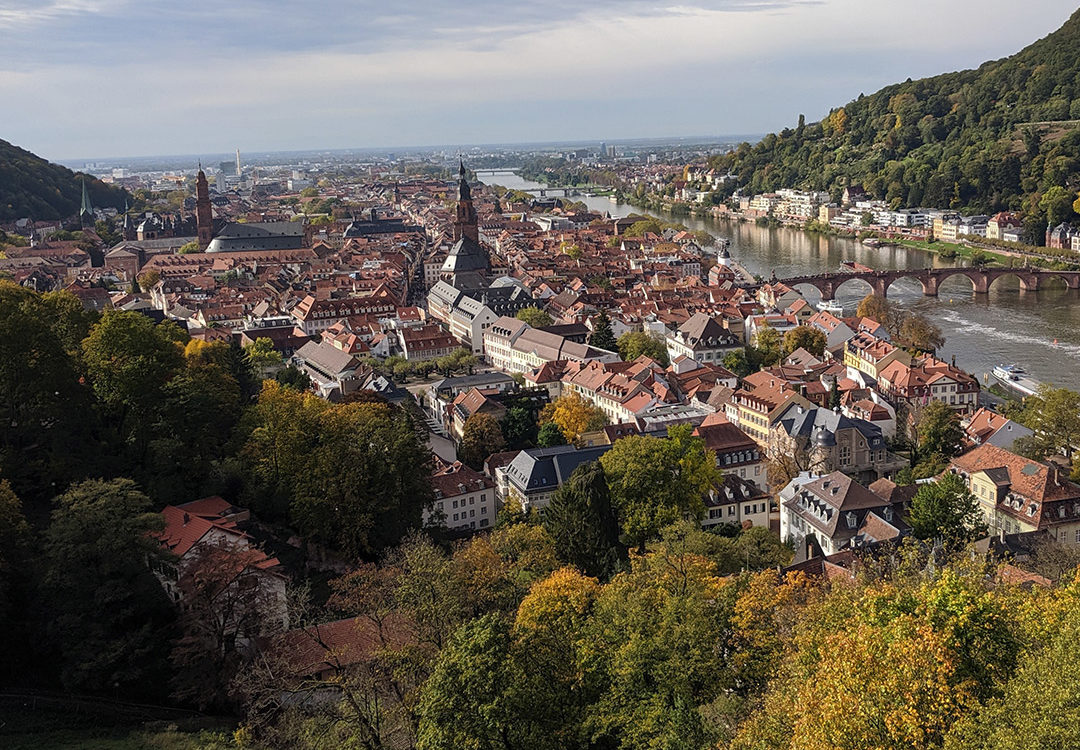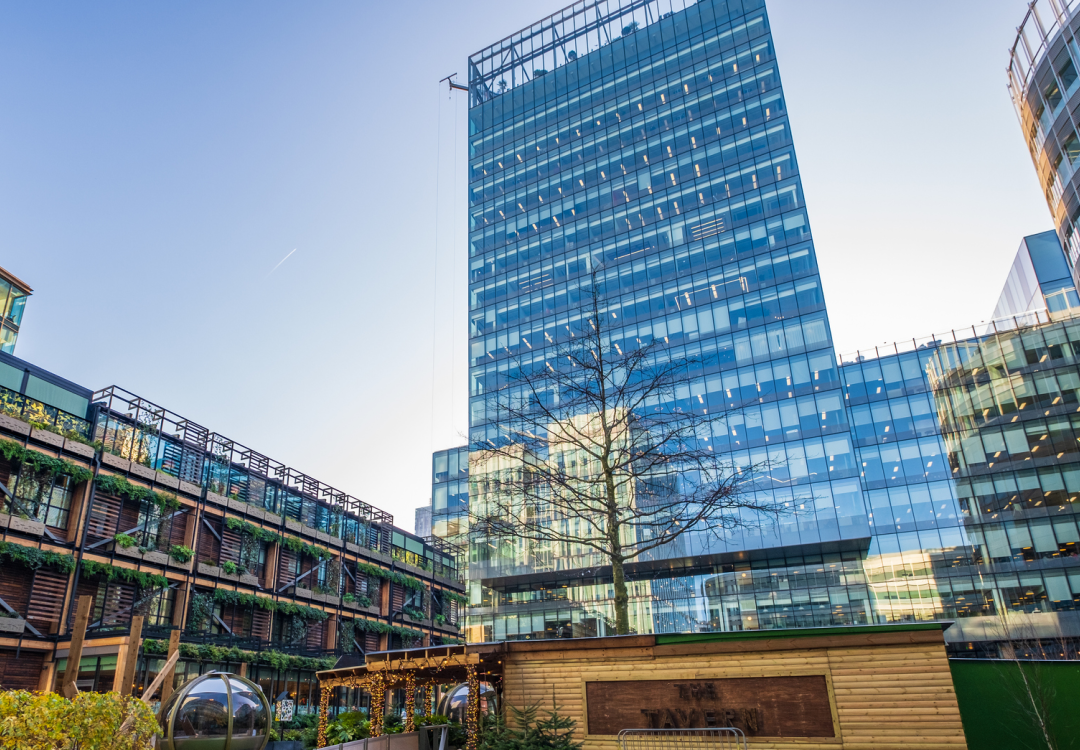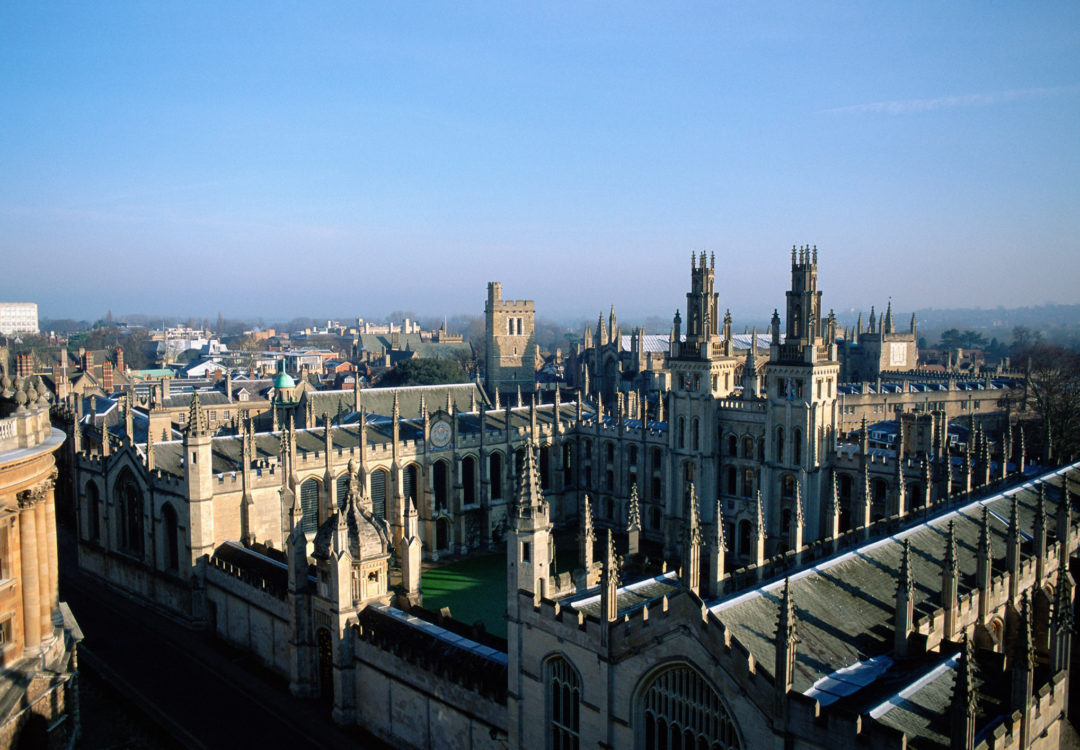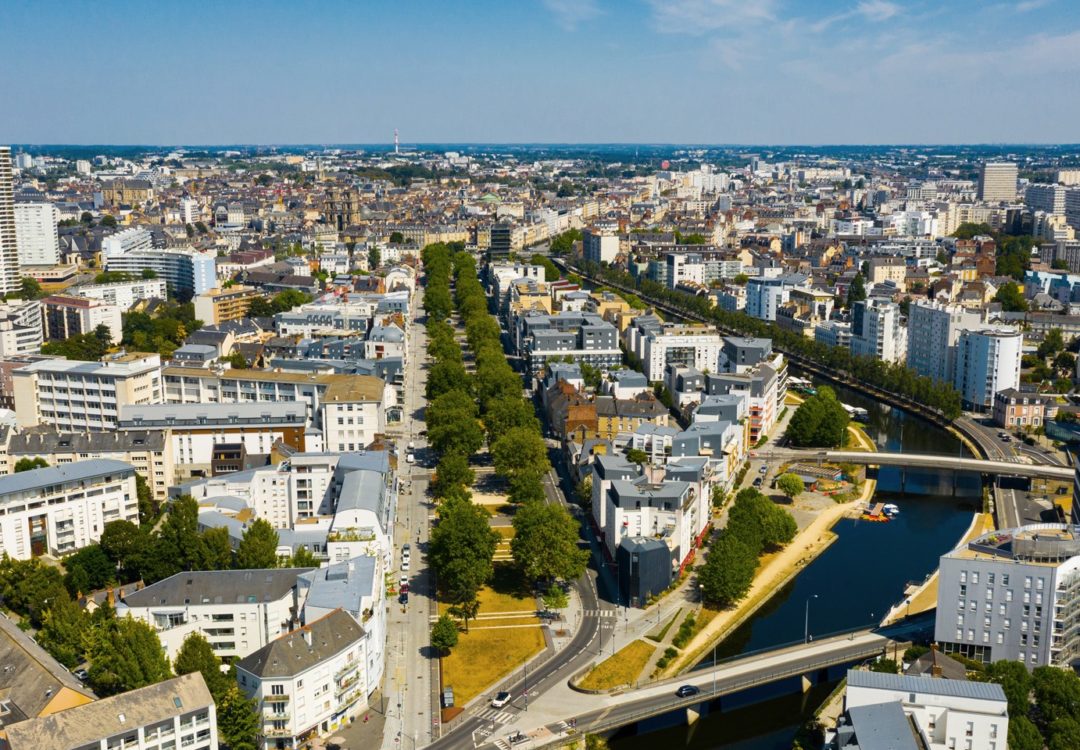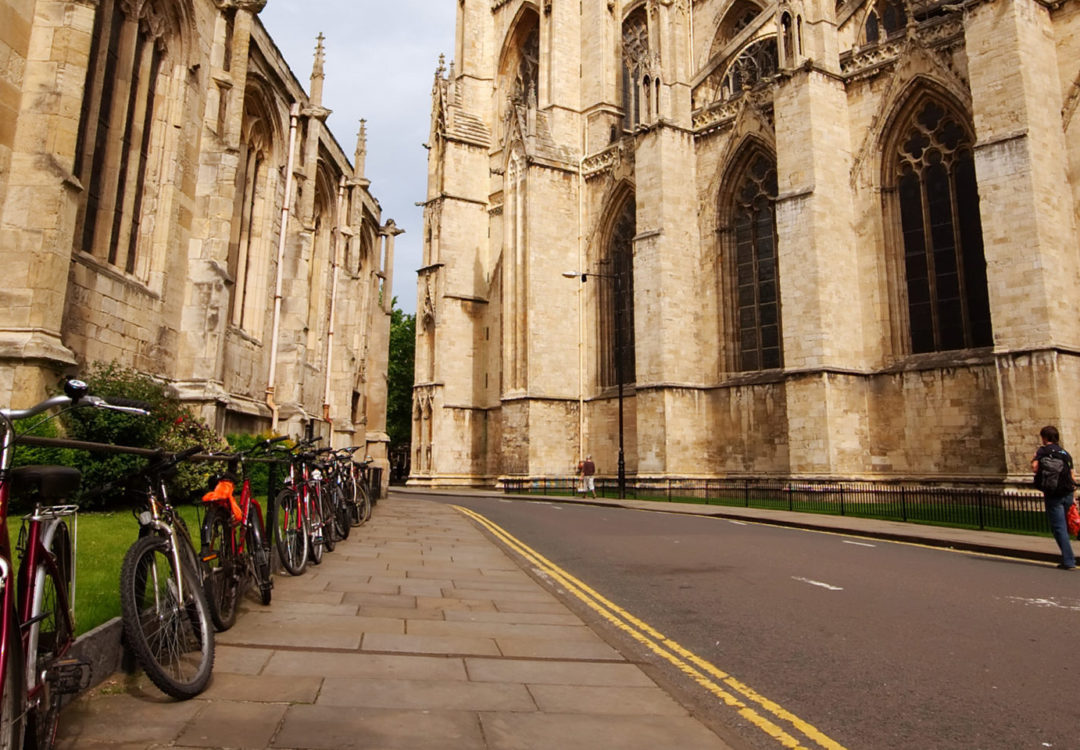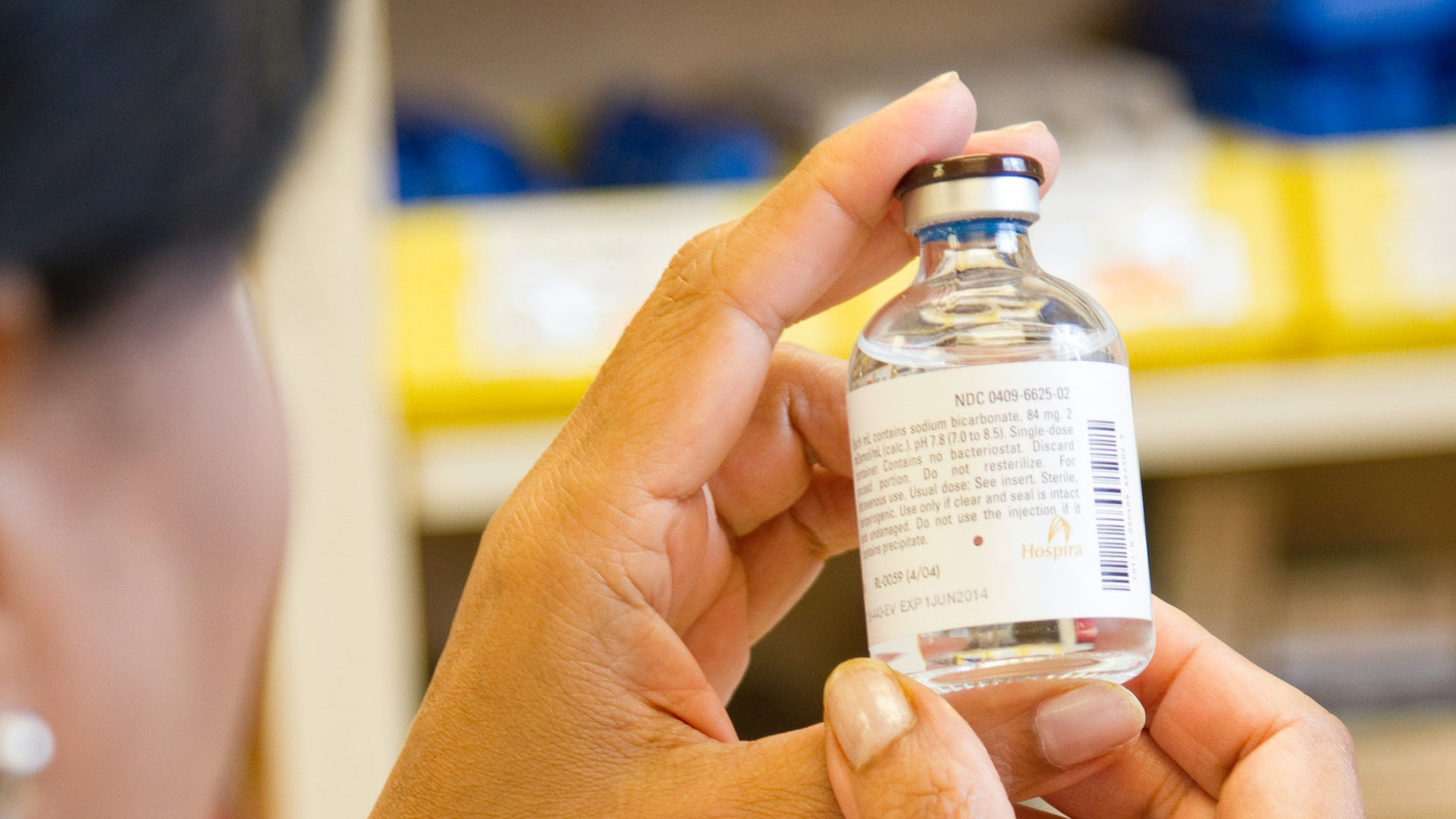News
UPC and Forum Shopping – Rule 17.3
November 2023
Order of the classifications listed on the front of a patent and why it matters?
On 1 June 2023, ASTELLAS INSTITUTE FOR REGENERATIVE MEDICINE lodged a statement of revocation of the European Patent No. EP 3056564 B1 entitled “method for purification of retinal pigment epithelial cells” before the Central Division of the UPC against the concerned registered proprietors, namely HEALIOS KK and OSAKA UNIVERSITY.
Bear in mind the title of the patent in suit for remainder of the article. Note also, claim 1 of the patent as granted, which is:
“1. A method of purifying a retinal pigment epithelial cell, comprising the steps of: (1) recovering a cell population obtained by differentiation induction of pluripotent stem cells on laminin or a fragment thereof by treating with a cell separating solution, wherein the cell population contains retinal pigment epithelial cells which are present on the laminin or the fragment thereof under a jelly-like substance containing other visual cells without forming a mixture with the jelly-like substance; (2) dissociating adhesion between retinal pigment epithelial cells of the cell population; (3) introducing the cell population obtained in (2) on a filter; and (4) obtaining retinal pigment epithelial cells that passed the filter.”
The UPC has three seats. The main seat of the Central Division is Paris. Two further seats are in Munich and Milan.
As will be appreciated from Decision of the Administrative Committee under Article 87(2) UPCA amending the Agreement, Article 1, the division of actions between the three seats of the Central Division is shown below in Table 1.
| Milan Section | Paris Seat | Munich Section |
| President's Office | ||
| (A) Human necessities, without supplementary protection certificates | (B) Performing operations, transporting | (C) Chemistry, metallurgy, without Supplementary protection certificates |
| (D) Textiles, paper | (F) Mechanical engineering, lighting, heating, weapons, blasting | |
| (E) Fixed constructions | ||
| (G) Physics | ||
| (H) Electricity | ||
| Supplementary protection certificates |
TABLE 1
The Central Division in Milan will oversee matters in IPC section (A), with the exception of SPCs; the latter being handled by Paris. The Central Division in Munich will handle matters in IPC section (C).
The bibliographical details of the patent in suit had the following International Classifications
“(51) C12N 5/079 A61K 35/30”
However, the matter was not initially heard by the Munich seat. Therefore, Panel 1 of the Central Division (Paris Seat) issued an order to transfer the action from the Central Division (Paris Seat) to the Central Division (Munich Seat). The decision can be found here.
The Court has made clear that the seat that will take an action is governed by the order of the International Classifications listed in the bibliographical details on the face of a patent in suit, following R.17.3 RoP.
Pursuant R.17.3 RoP, “the following shall determine the distribution of actions between the seat of the central division and its sections.
(a) Where an action involves a single patent having a single classification, the Registry shall allocate the action to the seat or the section of the central division appropriate to the classification of the patent according to Annex II of the Agreement. The Registry shall assign the action to a panel in accordance with Rule 345.3.
(b) Where an action involves more than one patent and a majority of the patents have a single classification appropriate to the seat or a single section of the central division according to Annex II of the Agreement, the Registry shall allocate the action to the seat or that section of the central division. The Registry shall assign the action to a panel in accordance with Rule 345.3.
(c) Where neither paragraph (a) nor (b) applies, especially where
(i) the action involves a single patent having more than one classification or
(ii) where the action involves more than one patent and no majority of the patents have a single classification corresponding to the seat or to one of the sections of the central division, the Registry shall assign the action in accordance with Rule 345.3 to the panel at the seat or the section appropriate to the first classification of either the single patent or, where the action involves more than one patent, the patent first listed in the Statement of claim, according to Annex II of the Agreement. If the presiding judge of the respective panel considers that the reference of the action is appropriate, he shall accept it. If he considers otherwise, he shall instruct the Registry to refer the action in accordance with Rule 345.3 to the presiding judge of a panel of either the seat or the other section of the central division he considers appropriate, who shall likewise consider whether the re- allocation of the action is appropriate. If that presiding judge considers otherwise, he shall inform the President of the Court of First Instance, who shall allocate the action to the seat or the section of the central division he considers appropriate”.
The present case was a revocation action. Following R.47, R.16 to R.18 apply mutatis mutandis to a statement for Revocation.
The first classification mentioned in the patent in suit was C12N 5/079.
The second classification mentioned in the patent in suit was A61K 35/30.
Initially in the present matter, the Presidium of the UPC, being responsible for management of the court, determined provisionally that the distribution of actions related to patents in IPC sections (A) and (C) pending before the central divisions as follows:
- actions pending before the central division relating to patents in IPC section (A) shall be assigned to the seat in Paris (art. 1), and
- actions pending before the central division relating to patents in IPC section (C) shall be assigned to the seat in Munich (art. 2).
However, Panel 1 of the Paris Central Division issued an order transferring the matter “to the Presiding Judge of the relevant panel of the Central Division-Munich Section.”
Why might this matter?
Recall that the International Classifications were
“(51) C12N 5/079 A61K 35/30”
The first listed International Classification was C12N 5/079.
C12N 5/00 relates to
“Undifferentiated human, animal or plant cells, e.g. cell lines; Tissues; Cultivation or maintenance thereof; Culture media therefor (plant reproduction by tissue culture techniques A01H 4/00) [2006.01]”
C12N 5/079 narrow the above to “…Neural cells [2010.01]”
This seems like an appropriate broad classification given the subject matter of the patent and the claims.
The second listed International Classification was A61K 35/30.
Classification A61 relates to
“Medical or Veterinary Science; Hygiene”
Classification A61K is directed to
“PREPARATIONS FOR MEDICAL, DENTAL, OR TOILET PURPOSES (devices or methods specially adapted for bringing pharmaceutical products into particular physical or administering forms A61J 3/00; chemical aspects of, or use of materials for deodorisation of air, for disinfection or sterilisation, or for bandages, dressings, absorbent pads or surgical articles A61L; soap compositions C11D)”.
International Classification A61K 35/00 concerns
“Medicinal preparations containing materials or reaction products thereof with undetermined constitution [2006.01]”
Finally, International Classification A61K 35/30 narrows the above to
“… Nerves; Brain; Eyes; Corneal cells; Cerebrospinal fluid; Neuronal stem cells; Neuronal precursor cells; Glial cells; Oligodendrocytes; Schwann cells; Astroglia; Astrocytes; Choroid plexus; Spinal cord tissue [2015.01]”.
Considering the subject matter of the claims, this second classification seems to be equally appropriate. There appears to be a fine line between listing A61K first or second (and interestingly when you put claim 1 into WIPO’s IPC classification software the A61 classification is first). This shows the prioritising of which IPC code goes first is not an exact science.
Recall from Table 1 above that the areas of responsibility or subject matter of the Central Division-Paris Section and the Central Division-Munich section are, respectively:
“(A) Human necessities, without Supplementary protection certificates”; and
“(C) Chemistry, metallurgy, without Supplementary protection certificates
(F) Mechanical engineering, lighting, heating, weapons, blasting”
One has to wonder if it seems more appropriate for the action to have remained at the Central Division-Paris section rather than being transferred to the Central Division-Munich section given TABLE 1 above.
Nevertheless, the overall concerns is this. There is an absence of an ability to influence either the IPC classifications assigned to an application or the order of any such classifications as presented on the face of a patent in suit, and yet the classification decisions taken by WIPO regarding each application, and, consequently, each patent, will have a lasting influence before the UPC that is well outside of the control of parties to an action before the UPC, and, more concerning, well outside of the control of an applicant for a patent.
Still further, can the IPC codes be used to forum shop before the Unified Court?
Certainly in the case of an action concerning multiple patents relating to a product, but that span different technologies such as drug-eluting stents in which the innovations may reside in the structure of the stent per se, a method installing the stent, a drug-eluting coating etc. One can imagine a family of related patents being granted to such a stent. The members of that family, depending on the claims of the granted patents, could have different leading IPC codes that span all of the possible seats for a UPC action. A claimant can then select their preferred forum of choice by listing the a patent having an IPC code relating to that forum of choice first in their statement of claim according to Rule 17.3.
One can imagine such a stent having different claim types within the same patent, which would also attract different IPC codes. It might be the case that those IPC codes are set according to the order of the claims as listed in the granted patent. Again, actions taken pre-grant, could influence the forum before the UP selected according to Rule 17.3 to hear the action.
This article was prepared by Partners Harry Hutchinson and Lauris Kemp

